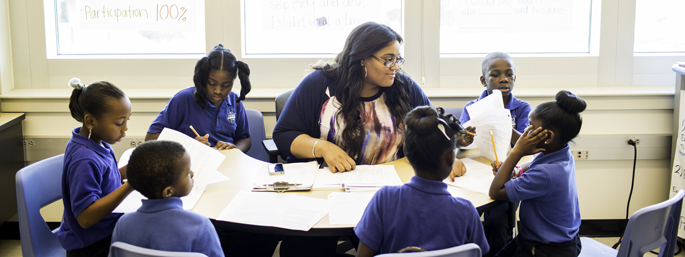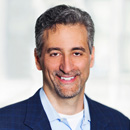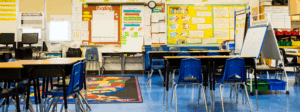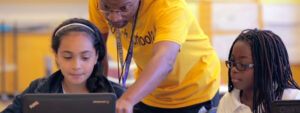Among the most reductive arguments in education policy is the one about the effects of poverty on student academic achievement. You know the one. Critics of ed reform often accuse reformers of calling for tighter accountability for educators, while ignoring the fact that poverty is a more powerful factor in student academic success than the effectiveness of educators. Reformers often accuse critics of wanting to let adults off the hook for student results, while ignoring evidence that successful schools help thousands of students overcome the effects of poverty.
Neither of these accusations is fair. Even the harshest critics of reform acknowledge that high-quality schools make a difference for poor kids (if they refused to acknowledge this, they’d presumably be calling for education funding to be diverted to anti-poverty programs, which they most certainly are not). And reformers, especially those who work with kids, understand the profound effects of generational poverty on young people and are generally passionate in their support for anti-poverty initiatives.
If there’s any place where possible common ground could form between the two “sides” of the education debate, it should be around community schools. First established more than two decades ago, community schools are the focal point for both academic support and enrichment for students, as well as social services for students and their families. Community schools are often open late into the evening, six days a week, year round, offering everything from tutoring and athletic programs for kids to mental health and dental services for families.
There is enormous common sense here. We know that kids from poor families will benefit from extended, high-quality academic support and from parental involvement in their educations. We also know that parents and caretakers who otherwise may not ride downtown to access job training or health care services (and, in fact, may not know what resources are available) will more easily do so if those resources are offered at the school where they drop off their children every morning. For parents, having access to essential services for their entire family in the same building or complex where they can also connect with their child’s teacher, see his or her classroom and meet the principal, is tremendously valuable.
There’s some research suggesting that community schools can have a positive impact on student attendance and achievement, too. Communities in Schools, the largest nationwide model for community schools, reports that schools that implement their model of integrated student and family services show higher levels of math and reading proficiency than other local schools. And in cities across the country, we see reports of higher graduation rates and lower rates of absenteeism in community schools. But the data is limited, because there just aren’t that many places doing this.
In New York City, that’s set to change. Mayor Bill de Blasio recently announced a plan to create 200 community schools by 2017, under the able leadership of Deputy Mayor Richard Buery, who ran both community schools and charter schools as head of the Children’s Aid Society (full disclosure: my brother is the former COO at CAS). It’s a worthy goal that reformers and reform critics can and should support. This reformer certainly does.
But before we all join hands and sing Kumbaya, we should heed some advice from each side of the reform debate. We should acknowledge that measures beyond student academic success are also important, so we should judge community schools in part by factors like improved health outcomes for students and employment outcomes for parents. At the same time, we shouldn’t assume community schools are working well simply because they’re a good idea. We should also consider the return on investment for these models and use data to understand what’s working and what isn’t. Community schools are expensive, and particularly where they are being used as a school turnaround strategy, their success should be judged against the results the Bloomberg administration achieved through closing low-performing schools and opening new schools with greater autonomy for school leaders.
But if New York City’s community schools show promising results for students and families, I’d join hands with reformers and reform critics alike to help expand this model in New York and elsewhere.








